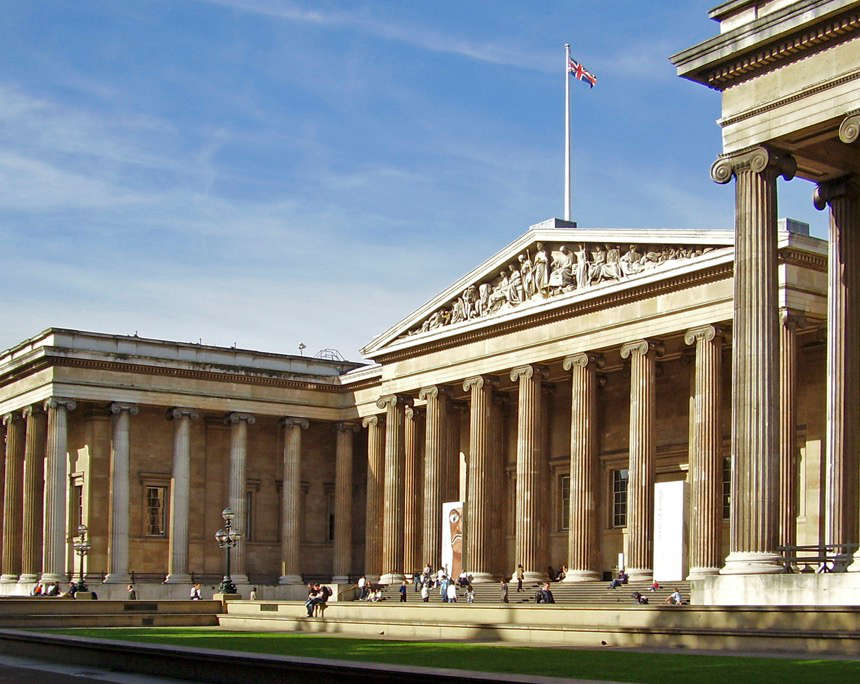British Museum Sets Out Plans to Digitize Fully the Collection
The British Museum has set out plans to increase access to the collection, and ensure everything is documented and available online.
It is estimated that the project will take 5 years, and means that for the first time the entire collection will be accessible to anyone who wants to explore it.
Alongside this online resource the Museum has announced plans for enhanced access to the Museum’s study rooms, where members of the public and academics can see additional items from the collection by appointment.
Mark Jones, Interim Director of the British Museum, said: “Following the discovery that objects have been stolen from the collection, we have taken steps to improve security and are now confident that a theft of this kind can never happen again. But we cannot and must not assume that the security of the collection, in a wider sense, can be achieved simply by locking everything away. It is my belief that the single most important response to the thefts is to increase access, because the better a collection is known – and the more it is used – the sooner any absences are noticed.
So that’s why, rather than locking the collection away, we want to make it the most enjoyed, used and seen in the world.”

“It is my belief that the single most important response to the thefts is to increase access, because the better a collection is known – and the more it is used – the sooner any absences are noticed.” Mark Jones, interim director of the British Museum. Image: © National Trust for Scotland.
“Over the next five years we have set ourselves the objective of improving and completing the online record of every object in the British Museum’s collection. It is a big task, with 2.4m records to upload or upgrade, but more than half is already done and when it is finished it will mean that everyone, no matter where in the world they live, will be able to see everything we have – and use this amazing resource in a myriad of ways.
At the same time we intend to strengthen our partnerships with museums throughout the UK and across the world, so that our travelling exhibitions take the real thing to millions who may never visit the British Museum itself, while also providing enhanced access to our study rooms so that every interested person can come and see anything we have in store.”
George Osborne, Chair of Trustees, said: “The British Museum houses one of the most incredible collections on earth – with objects that amaze and inspire us, and often encourage us to change perspectives.
Already we have some of the highest visitor numbers of any museum in the world, and a vast programme of national and international tours, but Mark has set out a compelling plan for how we can build on that to ensure the widest possible access and engagement with the collection – and I couldn’t be more supportive of his ambitions.”








